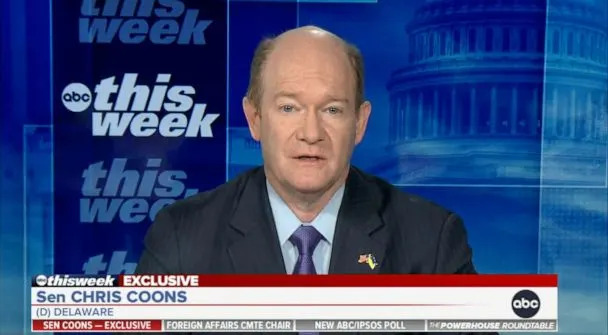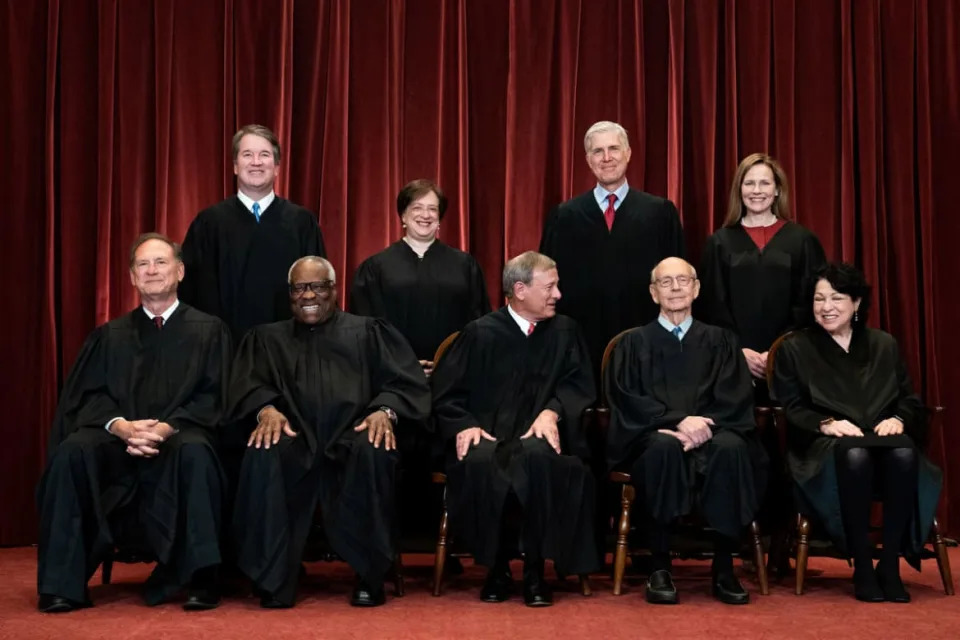Chicago Tribune
‘I had no choice’: For many homeless people, O’Hare has become a nighttime refuge
Adriana Pérez, Chicago Tribune – January 22, 2023
Norbert Pikula, 77, had been sleeping on a friend’s sofa every night for the last six months. But when his friend was admitted to the hospital a few weeks ago, Pikula’s fragile world turned upside down and he had nowhere to sleep.
So now he uses his senior citizen CTA pass to ride to O’Hare International Airport and spend the night there. His situation mirrors that of countless other homeless people who sleep at the airport to stay warm and safe during the winter.
“I had no choice,” Pikula told the Tribune on Thursday. He was on his way to open a bank account after eating his usual weekday lunch at Providence Soup Kitchen in St. Stanislaus Kostka Catholic Church.
According to a report from the Chicago Coalition for the Homeless, an estimated 65,611 people experienced homelessness in Chicago in 2020, an estimate different from that offered by the U.S. Department of Housing and Urban Development because it takes into account people living doubled up or temporarily staying with others.
And while sheltering at the airport isn’t new, said Jessica Dubuar, director of health and specialty services of Haymarket Center, which has conducted outreach operations out of O’Hare to address homelessness in public transportation since 1990, the steadily increasing number of people doing it is.
“We saw over 600 unique individuals that we engaged with. We also had almost 14,000 encounters with them throughout the calendar year,” she said. Compared with previous years, that number illustrates an uptick: In 2021, there were 11,196 recorded encounters. In 2020 — the beginning of the pandemic — saw 12,270 encounters. In 2019, they recorded 9,975 encounters. In 2018, it was 8,132.
“This is not a new situation at the airport. It’s one that many organizations and city departments have been aware of and have been devoting resources to for 30 plus years,” Dubuar said. “As the years have gone on, we definitely see a pattern of the number of folks who are coming to the airport — I would even just call it a spike in the numbers of folks that we’re seeing at the airport when the weather turns cold.”
Advocates offer a couple of reasons for why more people are seeking shelter at O’Hare. Sarah Boone of the Chicago Housing Initiative who created a GoFundMe to help Pikula raise money, said there are three realities facing the homeless population right now: the number of beds in homeless shelters was decreased at the beginning of the COVID-19 pandemic and never restored, migrants who have recently arrived in Chicago are increasingly using homeless shelters as well, and homeless shelters across the city are overwhelmed.
And on the ground at O’Hare, workers offer another possible explanation. Jessy Pearl, a Transportation Security Administration agent who works at the airport, said she has noticed an uptick in the homeless population sheltering there since Delta Air Lines moved out of Terminal 2 and into Terminal 5.
“There’s more homeless people — more activity is concentrated at Terminal 2, since there’s less passenger traffic,” especially in the early afternoon, Pearl told the Tribune. “I’ve worked at the airport long enough to know that more homeless people have been around the CTA and arrivals area ever since the pandemic started. More so lately, since Delta moved to Terminal 5.”
According to a statement by the Chicago Department of Aviation (CDA), which manages O’Hare, the department is “aware of the increasing population of unsheltered individuals at O’Hare International Airport. It’s a common occurrence at this airport and airports nationwide when temperatures drop in the winter months. Airport leadership and staff on the ground continue collaboration with the Department of Family and Support Services (DFSS) and their delegate agencies to provide 24/7 outreach to unsheltered residents at O’Hare.
“Outreach professionals engage with individuals experiencing homelessness at O’Hare and conduct needs assessments. If the individual chooses to accept assistance, outreach professionals connect them with appropriate services and shelters, including necessary referrals and transportation. The CDA is committed to working with fellow city departments and community partners to support those in need and connect them with all available resources in Chicago.”
Pikula has been sleeping at the airport for the last two weeks or so, said Boone. And he’s been carrying around his belongings all day as he moves around the city. “I think it’s wearing on him,” she added.
Boone said she met Pikula at Holy Trinity Russian Orthodox Cathedral in Ukrainian Village where free food is offered on Saturdays. Her organization shows up to soup kitchens and places where there’s free food to connect homeless people with necessary services in the city and tend to their needs.
“I tried to get him to go to the hospital across the street, because you can go to the ER to call the shelters. And he didn’t want to do that because the wait is so long,” Boone said. “So we tried calling 311. And he kind of just said he’d prefer to be at the airport than at the shelters. So then I went home and I just thought about it. And I was like, we should do a GoFundMe. I’ve never done this before. But what if it works?”
With approximately 100 donations, the campaign had raised over $4,900 as of Friday afternoon out of a $9,800 goal.
Pikula said he is looking for a more permanent housing situation than couch surfing or spending nights at O’Hare. He’s hoping to find a studio or one-bedroom apartment in Wicker Park, Logan Square, Avondale or Garfield Park. That’s where his friends from the soup kitchens he visits live, so he wants to be close by.
A Polish American who grew up in Chicago, Pikula previously worked as a baker and security guard. He is on the waiting list for senior Chicago Housing Authority housing and subsidized Catholic Charities senior apartments. So far, he has had no luck finding a place to live.
During the pandemic, many homeless people turned to the CTA for shelter, and service providers set up at the Forest Park Blue Line station. But as the effects of the pandemic continue to limit housing, needs at the other end of the line also became evident.
Off the Blue Line O’Hare stop, to the left, a sign for the Haymarket Center O’Hare Outreach sticks out of the wall. A man was waiting to go in Thursday morning as he charged his cellphone.
The program assists homeless clients and passengers seeking shelter at the airport. It also approaches issues regarding alcohol and substance abuse, housing and income. Dubuar described what a client may find in the 24/7 office at O’Hare.
“We have a number of resources available on site from, food and coffee, water, hand sanitizer, masks … those things. We also have clothing available, hygiene products and a few other things,” she said. “What we’ll also do is invite people to come in and sit down and talk to us. And we do a small assessment with them, exploring all sorts of things from health care, mental health care, substance use, benefits and IDs and all of those things.”
The O’Hare Outreach program is funded by the Chicago Department of Aviation and carried out in cooperation with the Department of Family Support Services and a host of other community partners, such as shelter providers, substance use treatment providers and — importantly — housing programs.
“The complexity of the (needs of) folks we’re seeing has increased and, (in) the number of encounters, that’s really where you see that reflected,” Dubuar said. “This isn’t just a ‘somebody needs a sandwich today’ and that’s it, that’s all they needed. Because I think that we have folks, their needs are complex and navigating through these systems is hard and they need as much support as they can possibly get.”
While Dubuar couldn’t confirm whether there is a more concentrated homeless population in specific airport terminals, she said it’s possible that changes in the airport complex layout influence where homeless people spend their time.
“Individuals who come to the airport for shelter do learn the system and do see when there are construction projects or changes to how the space is being monitored with our partners from CPD and the Department of Aviation,” she said. “And so it is it is highly possible that there are going to be some folks who are visible because certain areas are under construction or maybe not being monitored as much as possible.”
On Friday morning, as the sun rose, a few scattered people in O’Hare’s Terminal 2 rustled in their sleep. They were slowly waking up. Some of them might have had canceled or delayed flights. Others, though, were homeless and had sought a warm place to spend the night.
A police officer approached a person who was lying by the windows in the arrivals area of Terminal 2. He asked if they were OK. “Just try not to fall sleep,” he said. “Stay awake.”
Pikula and other homeless people will likely keep searching for a more stable situation than sleeping at the airport every night. Even as they seek support services, though, continuing to sleep at the airport seems, in Pikula’s words, the only option in terms of surviving cold winter nights.
“I’ll be honest with you, my life has not been rosy,” Pikula said. “It’s been a fighting life.”
It’s hard to say how long it takes, on average, for a homeless person in Chicago to find stable housing, Dubuar said.
“As with most social services, benefits and resources, it’s about eligibility and availability,” she said. “Sometimes it’s a matter of the stars aligning.”
Chicago Tribune’s Rosemary Sobol contributed.













